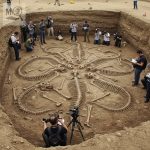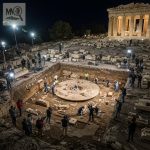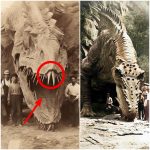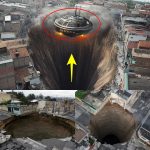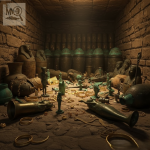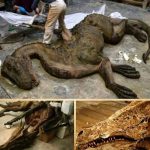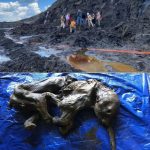The Awakening of ‘Atlantus’: The Lost Colossus of the Andes
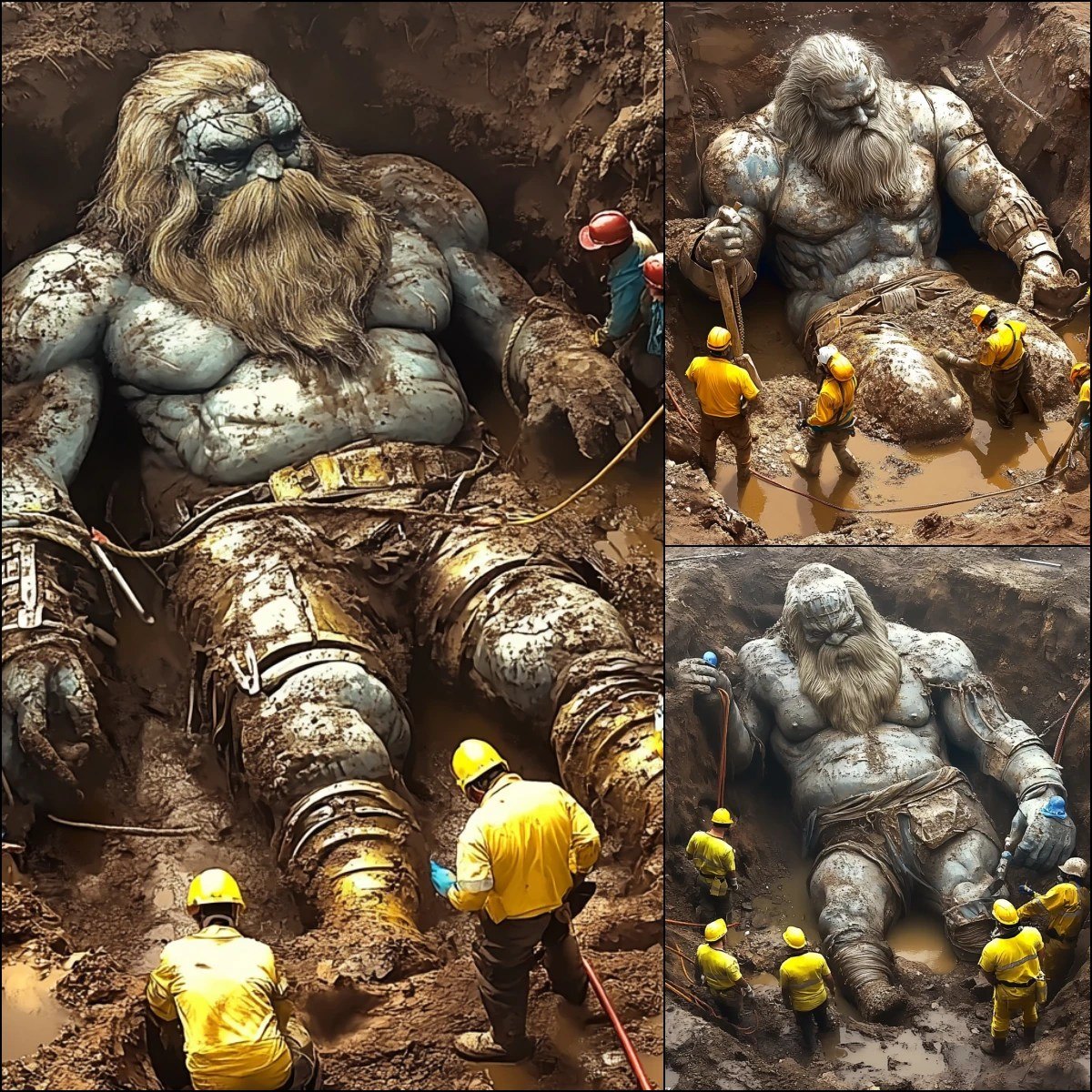
High in the mist-shrouded peaks of the Andes Mountains, archaeologists have unveiled a discovery that is rewriting the story of ancient South America. Dubbed “Atlantus,” the colossal stone remains of a long-forgotten civilization have emerged from centuries of earth and ice, offering a breathtaking glimpse into a culture that may have been far older and more advanced than previously understood. This monumental site, with its intricate carvings, astronomical alignments, and enigmatic inscriptions, blurs the line between myth and history, inviting researchers to explore a civilization seemingly lost to time.
Unearthing a Forgotten Civilization

The site of Atlantus was first hinted at in local folklore, with legends speaking of a shining city of the gods hidden deep within the Andes. Recent excavations have confirmed that these myths may have roots in reality. Massive stone structures, partially buried beneath layers of soil and glacial deposits, suggest the presence of a sophisticated society capable of monumental construction. Carvings etched into the stones depict unknown symbols, celestial motifs, and ritualistic scenes, hinting at spiritual and cultural practices that remain mysterious even to modern researchers.
The sheer scale of the discovery is staggering. Some stones rise dozens of feet, requiring a level of engineering skill that rivals better-known ancient civilizations. The site also features alignments with astronomical phenomena, indicating a society with advanced knowledge of the heavens and their seasonal cycles. Such evidence suggests that Atlantus was not only architecturally ambitious but also deeply attuned to natural rhythms, merging science, spirituality, and societal organization.
Bridging Myth and Archaeology
Atlantus embodies the fascinating intersection of legend and tangible history. For centuries, myths of lost cities hidden in the Andes were dismissed as mere stories. Yet the site’s discovery demonstrates that these oral traditions may have preserved kernels of truth across generations. The intricate carvings and structural sophistication reveal a civilization capable of artistry, astronomy, and complex social organization, challenging assumptions that advanced societies in the region only emerged much later.

Archaeologists are now employing advanced scanning, photogrammetry, and 3D reconstruction to document the site while preserving its fragile features. These technologies allow for detailed analysis of the carvings and structures, revealing patterns that may hold keys to understanding Atlantus’ cultural, religious, and technological achievements.
Implications for History
The discovery of Atlantus has the potential to reshape our understanding of pre-Columbian civilizations in the Andes. It demonstrates that monumental architecture and sophisticated astronomical knowledge were present in regions previously thought to have only modest ancient societies. This find also emphasizes the role of mountainous landscapes in preserving historical sites, often hidden beneath glaciers and soil for millennia, waiting to emerge and tell their story.
Conclusion
The unveiling of Atlantus, the lost colossus of the Andes, is a transformative archaeological revelation. Rising from mist and ice, the monumental structures and intricate carvings challenge our understanding of ancient South American history, bridging myth and reality. As research continues, Atlantus promises to illuminate a civilization once hidden from human memory, offering new insights into engineering, astronomy, culture, and the timeless human drive to create enduring monuments. The Andes, long a cradle of legend, now reveal the extraordinary secrets of a society that may have been lost but is now awakening before our eyes.
